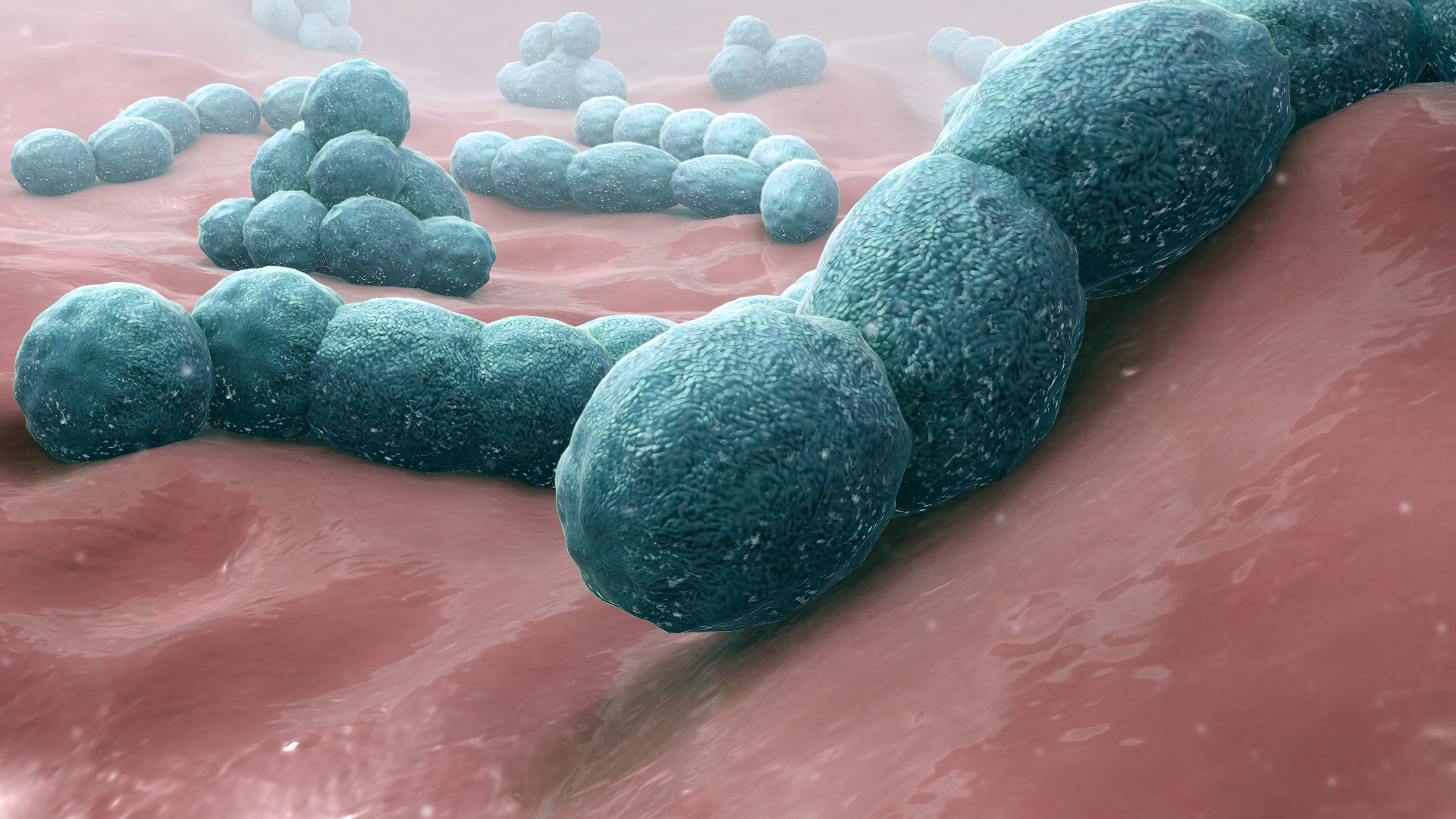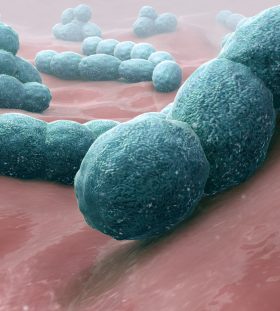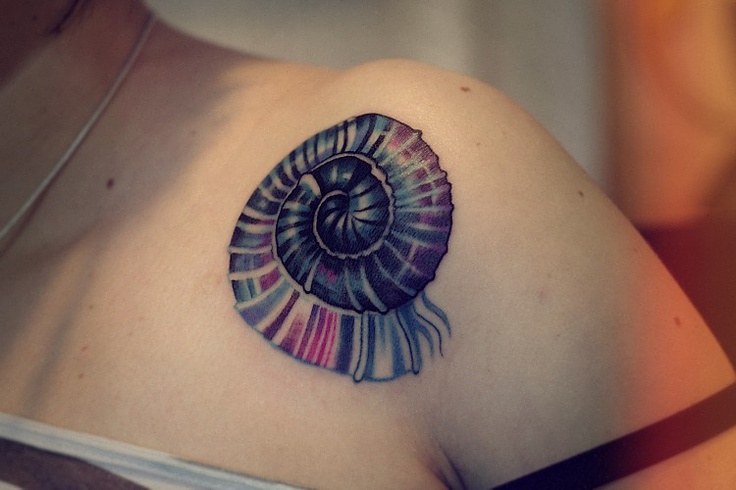Streptococcus Pneumoniae – Causes, Prevention, Treatment

Streptococcus Pneumoniae is a contagious gram-positive bacterium that causes many health complications. The scientific classification is Bacilli for its class, Lactobacillales for its order and belongs to the Streptococcaceae family. This bacterium is found in pairs. They do not form spores while encountering stressful environments. Moreover, this genus of bacteria is a significant pathogen in the history of human health and studies.
Commensalism is a biological term for the interaction between two species where one benefits from the other, while the other organism neither benefits nor is harmed. S. Pneumoniae is a similar organism that resides inside the respiratory tract benefiting from the body without harming it. Nonetheless, any kind of infection caused by S. Pneumoniae can be very dangerous.
Pneumoniae can produce Hydrogen Peroxide which breaks down red blood cells in the process. They are therefore known as alpha-hemolytic. This production of Hydrogen Peroxide damages DNA and kills cells within the lungs. Moreover, it is the most common source of pneumonia throughout the whole world. Pneumonia kills more than 2 million infants every year all over the world.
The bacteria can dissolve in the air molecules as moisture and can easily contaminate any breathing space and environment. Any person carrying the infection is most likely to contaminate his/her surrounding environment when sneezing, coughing, etc.
Pneumoniae has a greater risk in elderly adults and children who have weak immune systems. They can cause many serious health conditions like pneumococcal Meningitis, Pneumonia, Bronchitis, Otitis media, and Septicemia.
Causes
From high fever and immense chest pain, S. Pneumoniae causes many life-threatening and serious health hazards. While this bacterium is capable of many infections and diseases, streptococcus pneumonia causes:-
Pneumococcal Meningitis
Meninges are the membrane that covers the spinal cord and the brain. When the bacteria S. Pneumoniae spreads to these membranes, it causes infection. Due to infection, the membrane swells and causes stiffness and pain near the neck area. Complications may even lead to death.
Pneumonia
Pneumonia is a disease that can be caused by viruses as well as bacteria. Further, this infection causes fluid/water/puss to be generated inside the air-sacs of the lungs. You can experience difficulty breathing. It usually causes high fever and chills with coughing and pain near the chest area.
Bronchitis
When the bronchial tubes get infected, they swell and cause bronchitis. This generates thick mucus inside the bronchial tubes which affect the airflow to and from the lungs. It is a respiratory infection mostly viral and cures or improves within days of taking proper rest.
Otitis Media
Otitis media is an infection caused in the middle ear due to bacteria or viruses. It causes inflammation and significant pain inside the ear. It can also trigger high fever with temporary hearing loss. Any kind of fluid or puss drainage from the ear is not unexpected. Most ear infections cure with time on their own. However, if your infection is troubling you, consult your doctor immediately.
Septicemia
Septicemia is an infection that can be life-threatening. It occurs when the bloodstream gets contaminated by bacteria or viruses. The body’s natural response to this threat results in inflammation throughout the body. When the blood gets infected, it damages organs, causing them to fail one by one. It can also lead to sudden death, all depends on how fast the infection is spreading.
Prevention
The environment which we live in is getting more polluted every day. With rising population and fewer resources, people are getting more sick, infected and hospitalized. In these contagious environments, you must make every effort to prevent viral or bacterial infections. Especially, if you are immune-competent, infections can invade your system easily and can be difficult to recover from.
Here are tips for Streptococcus Pneumoniae prevention:
- Make a habit of keeping clean.
- Carry masks to inhale less dirt and germs when traveling outdoors.
- Never forget to clean your hands before eating food.
- Avoid congested areas with many people. A single infected person can spread the infection to others as well when not careful.
- Carry hand sanitizers and face cleaners to keep yourself clean outdoors.
- Do not get in contact with any infected or sick friends or people you know.
- Keep dishes and cookware clean and free of germs.
- Keep the washroom and bedroom area clean and dry.
- Do your laundry regularly and do not keep used/dirty clothes nearby.
- Always carry a handkerchief and use it whenever you feel you are in an infected environment.
- Eat nutritious food and maintain a healthy diet to build a stronger immune system.
- Always opt for monthly checkups and follow your physician’s advice.
- Ensure to get immunized by PVC13 and PPSV23 vaccines for S. Pneumoniae.
- Avoid restaurant dishes and areas which are unclean and unhygienic.
Symptoms
Streptococcus Pneumoniae or pneumococcus is a very common disease in children and adults. It can infect and complicate a healthy body in just three days. Neglecting symptoms can be fatal for any individual. This bacterium is a carrier of many life-taking diseases, like meningitis and septicemia or bloodstream infection. Adults and children almost show the same symptoms for any kind of infection caused by this bacterium.
- Pneumoniae bacteria can cause infection in the ears, lungs, sinuses, bloodstream, and meninges that are present outside the spinal cord and brain. It is invasive and will try to infect the body within three to four days of the invasion. It is quite painful and physically tiresome when the infection strikes. Usually, they enter our bodies through moist contaminated air-molecules that we breathe in.
Streptococcus Pneumoniae symptoms are:-
- Having a high fever from the past two to three days. Growing tired very fast and experiencing pain in joints and muscles.
- Sinus infections are triggered by painful headaches accompanied by dizziness and tiredness.
- Fever is usually accompanied by shivering and feeling pain near the chest and muscles.
- Sneezing, coughing and difficulty in breathing. Rapid breathing and increased heart rate are also other symptoms.
- You can also feel the need to vomit quite often with occasional nausea.
- In some cases, many people also get discomforted by light. The feeling of burning makes the eyes hydrate or watery. This is also called photophobia.
- Stiffness and pain in the neck and head area, causing drowsiness and disturbed or uncomfortable mobility.
Treatment
The treatment of the S. Pneumonia bacterium depends on the infection or disease caused by it. For proper treatment, you need a good diagnosis. Diagnosis of the S. Pneumonia related diseases includes the Polymerase Chain Reaction (PCR) test. This is the most common type of test carried out by the laboratory professionals to conduct a test for pneumococcal or S. Pneumoniae invasion.
If the test results are positive, you must follow your doctor’s advice very sincerely. Antibiotics are mostly prescribed by doctors and physicians all over the world. However, only your doctor can understand your infection properly. Therefore, it is necessary to consult a doctor for medicines rather than administering common antibiotics for yourself. Here are the treatments of S. Pneumoniae caused diseases:
Meningitis
Pneumococcal meningitis is often treated with over more than 18 million units of penicillin every twenty-four hours. Furthermore, it added with 2g of ceftriaxone every twelve hours and 2mg of cefotaxime every six hours.
Pneumonia
Pneumonia is often treated with quinolone, macrolide, doxycycline, and amoxicillin (with or without clavulanic acid). There is no possibility of a complete cure or absolute cure but your doctor ensures the best cure for you when he/she understands the magnitude of your infection/condition.
Otitis media
Penicillin resistant pneumococcus responds better to Amoxicillin. The amount depends on the age of the infected. It usually varies around 30mg.
Sinusitis
Amoxicillin is the most effective therapy for sinusitis. It has a success rate of over 85% to 95%. Treatment should be continued for at least five days and further treatment needs doctor consultancy.
Streptococcus Pneumoniae Transmission
Pneumoniae is a contagious bacterium that can contaminate any living environment. It can easily float through air particles and invade anyone’s system by entering the hosts’ respiratory system. The bacterium is a commensal organism which means it benefits from its host without harming it. It can cause infection in an organism typically within one to ten days of the invasion.
Pneumococcal infections are the most common source of infection all over the world. These groups of bacteria are responsible for many health complications and death. Infants and adults are getting hospitalized every day because of neglecting pneumococcal infections or because of the wrong diagnosis.
Streptococcus Pneumoniae is transmitted via air particles, dust, mucus, cough, and more. Whenever a person infected with S. Pneumoniae sneezes or coughs, it releases the pathogens into the open environment. These pathogens can now enter anyone’s body through their respiration.
Hands are also the most common transmitter of S. Pneumoniae which often goes neglected. You may want to see the surface anywhere before touching it. Usually, people after touching contaminated surfaces get infected themselves. This happens due to the direct contact of the bacteria with hands.
In many cases, children are seen to be carrying these pathogens inside their nose or throat without actually getting sick. The scientific term for this called ‘carriage’. Respiratory secretions like mucus or saliva are an active constituent in the transmission of S. Pneumoniae.
Meningitis
Pneumococcal meningitis is a very dangerous disease that can be life-threatening. Meningitis is an invasive disease, mostly caused by S. Pneumoniae and similar bacteria and viruses. Meningitis is a rare disease but is gaining more medical recognition in the world presently. For meningitis patients, the most common factor which caused the disease was Streptococcus Pneumoniae.
Pneumococcal meningitis can harm elder adults aging more than sixty-two or sixty-five. It can also harm a child below the age of two years and can lead to serious complications and even death. Currently, meningitis has stopped taking lives after the introduction of PCV13 vaccines. But it is still prevalent today and kills more than 80,000 adults and 20,000 infants every year.
Symptoms of S. Pneumoniae meningitis:-
- Stiff neck
- Headache and pain near the back of the head
- Feeling discomfort when moving
- Staying away from light or experiencing difficulty in seeing lighted areas
- A typical feeling of a heavy head and the want to lie down constantly
- Dizziness, confusion, and tiredness most of the time
The brain and the spinal cord are covered by a thick membrane called meninges. When S. Pneumoniae infects the bloodstream, the meninges swell up as a reaction to the infection. Further, this inflammation causes extreme pain and discomfort in standing, walking or doing anything. Sometimes, the surface of the skin responds very sensitively and you may experience pain while applying or receiving any kind of pressure or touch.
Treatment for pneumococcal meningitis depends on the doctor’s report on the condition of the given patient. With proper rest, medication and diet, meningitis gets cured but leaves a chance of recurring in the future. It hugely stresses the immune system causing it much damage and immobility in terms of immunity.
Vaccine for Streptococcus Pneumoniae
Pneumococcal vaccines are the best group of vaccines to cure any person of the bacteria S. Pneumoniae. Vaccines are the most dependable source of prevention of bacteria or virus led to health complications and diseases. Immunization greatly helps the immune system to recognize and fight off these pathogens and help individuals recover from their disease or infection fast.
The most two common types of Pneumococcal vaccines are PVC13 and PPSV23. PVC13 is a vaccine that helps the immune system to identify and neutralize the most common thirteen types of bacteria in case of invasion. PPSV23 is another vaccine that protects the immune system from another twenty-three bacteria that can cause multiple health issues and complications.
However, immunization does not guarantee that the person/child will never get infected again. It simply means in case of an infection or invasion, the individual may recover quickly and effectively due to vaccination.
 Tagged:
streptococcus pneumoniae shape, streptococcus pneumoniae transmission, streptococcus pneumoniae treatment
Tagged:
streptococcus pneumoniae shape, streptococcus pneumoniae transmission, streptococcus pneumoniae treatment











